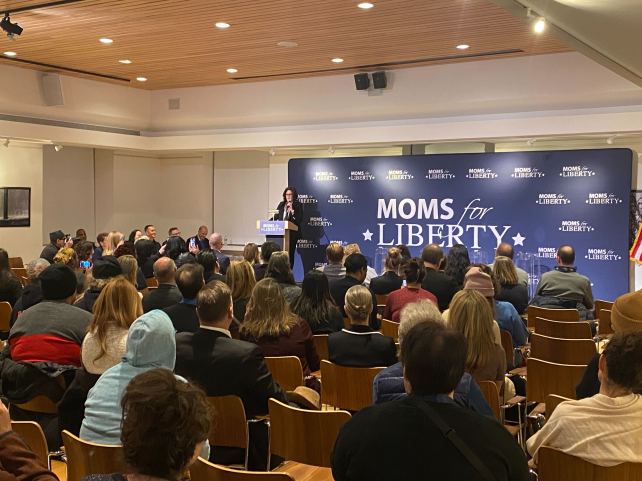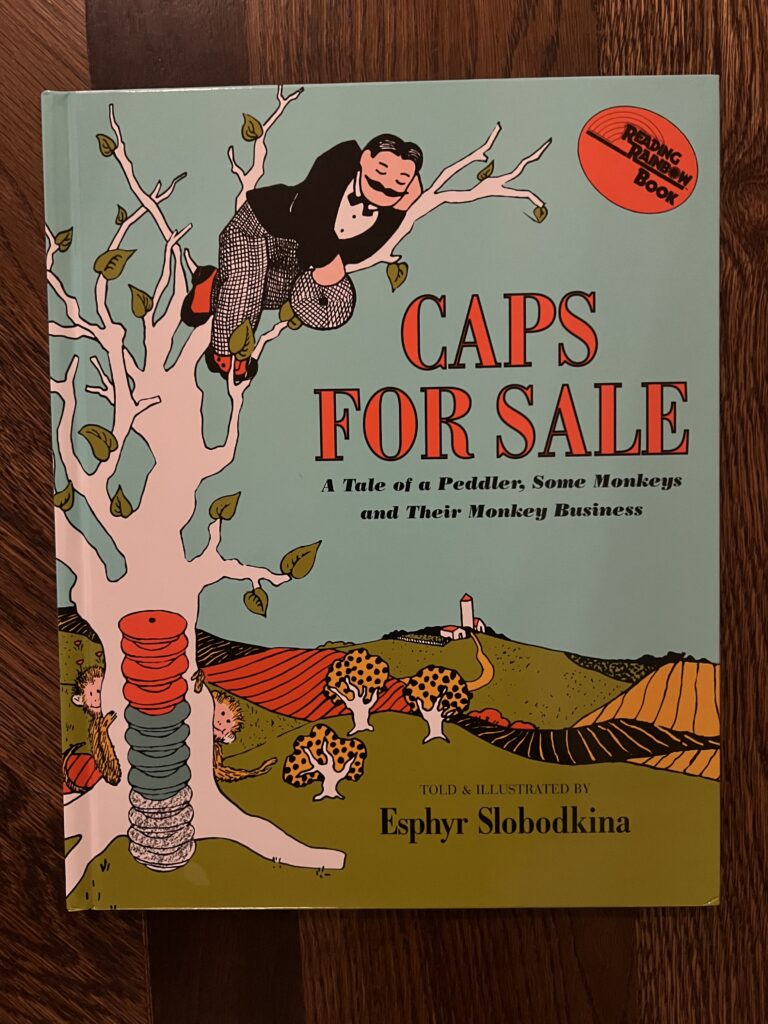If you attended the 2022 Venice Biennale, chances are you still remember the penis. It looked like a seven-foot-tall anatomical model, with sores on its shaft and cancerous growths on its insides. Mounted on wheels, this tumescent, tumorous member was attached to a procession of sculpted giraffes, whose white bodies appeared to melt away, dripping apart as they trudged onward.
The artist behind this phallus was the young German phenom Raphaela Vogel, and the sculpture, titled Ability and Necessity (2022), troubled some viewers and energized others. New York Times critic Jason Farago wrote that the Vogel piece was one of the show’s “moments of stunning bad taste.” It wasn’t clear whether he meant that as a compliment or an insult.
Or maybe it was both. Vogel’s art tends to provoke and delight simultaneously, and she embraces the bizarre mix of emotions her work might elicit. “It’s not that I want people to be afraid or shocked,” Vogel said on a recent afternoon, speaking in a backroom of the New York gallery Petzel, which began representing her last year.
She pointed out that the penis of Ability and Necessity could not serve a purpose. It was being toted around like a parade float; it had outlived its function as a reproductive organ or, say, a symbol of the patriarchy. With a straight face, Vogel asked, “It’s a bit funny, right?”
Within Germany and the surrounding region, Vogel’s art has accrued a following. Ask five of her fans which aspect of her oeuvre is most successful, however, and you may get five different answers. Some may point to her videos, in which Vogel, often acting as the work’s director, editor, and performer, turns the lens on herself, creating situations in which she seems trapped by her device’s gaze. (One memorable video involved the usage of a drone that loomed high above, capturing Vogel playing the accordion on a rock in the middle of the sea.) Others may praise her paintings, which often resemble freestanding animal hides rather than traditional canvases hung on a wall. Still others may laud her installations, which she approaches like sets, reformulating their elements with a mind for how viewers move about them.






